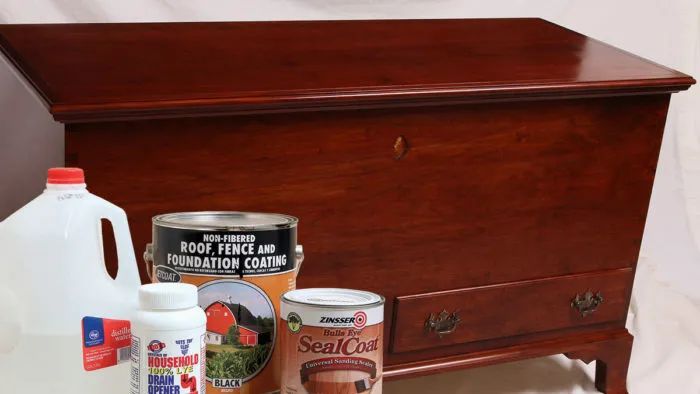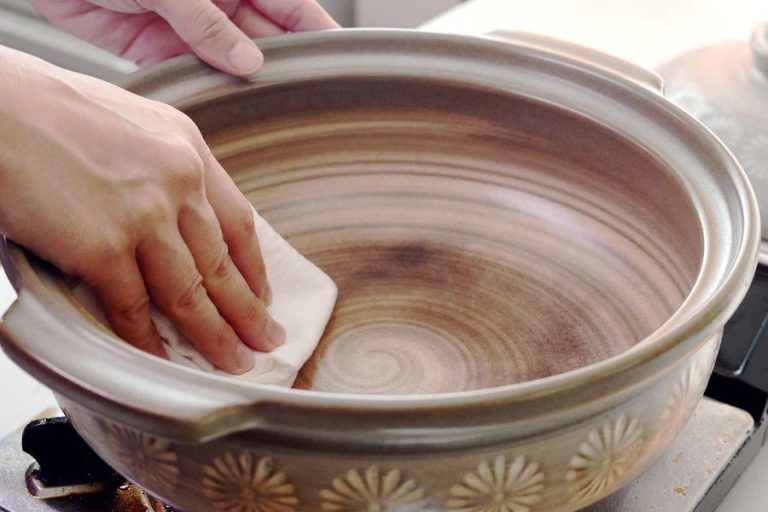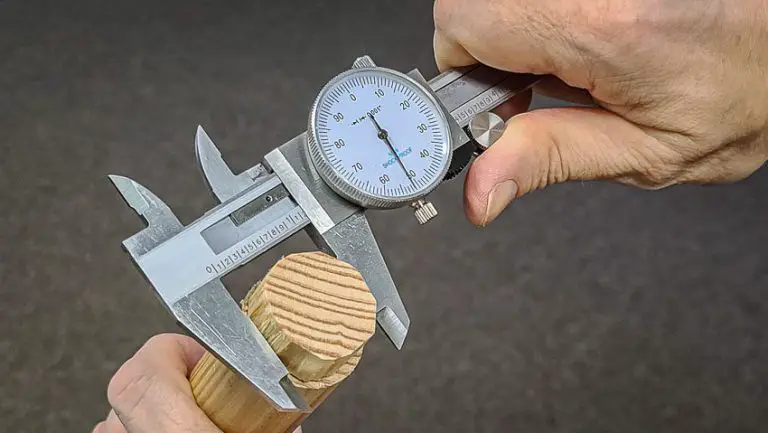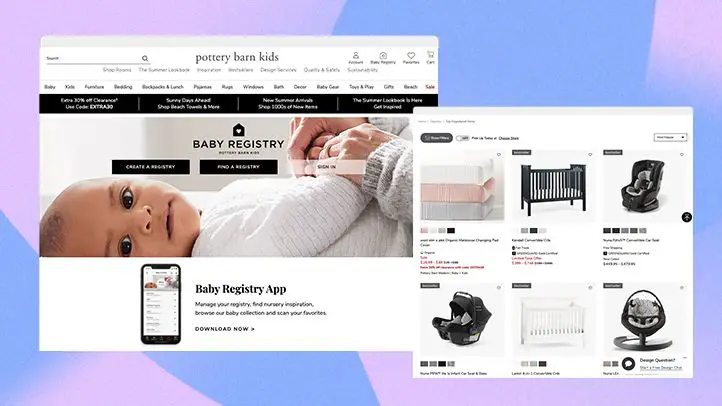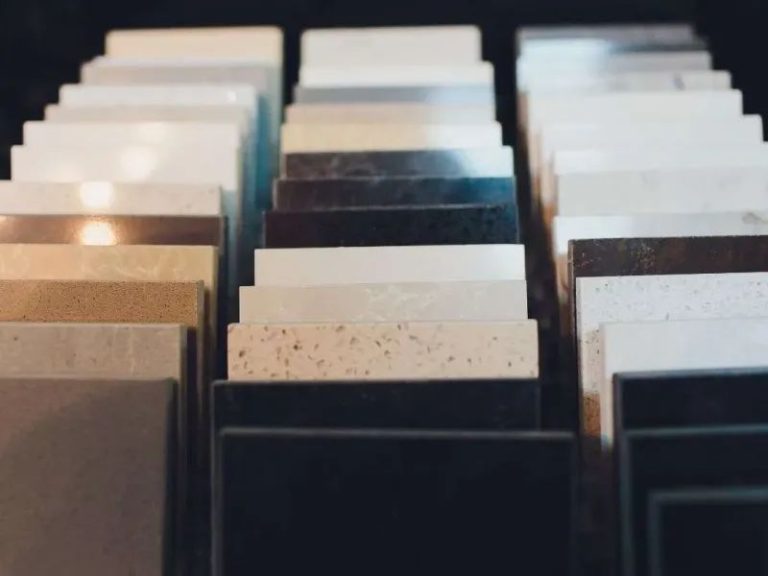What Is The Best Clay Boat Design To Hold Pennies?
Designing a boat made of clay that can hold pennies is an interesting engineering challenge. Though it may seem simple at first, optimizing a clay boat design to securely hold pennies takes creativity, trial-and-error, and an understanding of basic physics and engineering principles.
The goal is to create a small clay boat that can hold the most pennies without sinking. With the right design, clay boats can actually hold a surprisingly large number of pennies before succumbing to the pennies’ accumulated weight.
This activity is commonly done in schools to teach principles of displacement, balance, strength of materials and more in a fun hands-on way. It also stimulates critical thinking and problem solving skills. Students must consider variables like the clay properties, boat shape, structural integrity, balance and buoyancy. Creating the optimal penny-holding clay boat is an engaging STEM challenge for all ages.
Factors Influencing Design
When designing a clay boat to hold pennies, there are several key factors to consider that will influence the optimal design:
Clay Type
The type of clay used is crucial, as it impacts the structural integrity and water resistance of the boat. Self-hardening clays that can be fired for added strength tend to perform better than non-hardening clays. Polymer clays are also quite sturdy. Avoid clays that are porous or soluble in water.
Water Conditions
Consider if the boat will be floated in a bathtub, pool, pond or other water body. Is the water calm or are there waves? Deep, turbulent water requires a sturdier design. The boat shape should be hydrodynamic to cut through water efficiently.
Weight Considerations
The ideal boat needs to remain buoyant while supporting the weight of many pennies. Estimate the total weight and create a design that ensures the boat sits low in the water but does not sink. A wider, elongated shape may provide more lift capacity.
Basic Clay Boat Designs
When designing a clay boat to hold pennies, three common boat designs can serve as a starting point: the raft, canoe, and sailboat.
Raft Designs
Raft designs involve creating a flat, rectangular base for the boat using clay. The base should be slightly indented to create walls around the edges to hold the pennies. Rafts are amongst the simplest boats to construct from clay. However, they may not be optimal for holding many pennies as they lack depth.
Canoe Designs
Canoe designs involve shaping the clay into a long, rounded canoe structure. Canoes allow for more depth than a raft, enabling more pennies to be held. The ends can be tapered and raised to provide some structural stability. Open tops are typical for easy loading of pennies.
Sailboat Designs
Sailboat designs involve incorporating a mast and sail element. The boat itself can utilize a canoe-like shape. The sail can help stabilize the boat, while the hull can be made deeper to accommodate more pennies. Care must be taken to ensure the mast and sail are well-supported.
Optimizing for Pennies
When designing a clay boat to hold pennies, optimizing for stability, balance, and cargo capacity is essential. Pennies are small, dense coins that can quickly throw off the equilibrium of a clay boat if not properly accounted for.
To improve stability, a low center of gravity is ideal. This can be achieved by making the boat wider rather than taller and keeping the pennies stored low in the hull. A wide, flat-bottomed design will make the boat less prone to tipping over.
Proper weight distribution is also key for balance. The pennies should be evenly distributed from side-to-side and fore-to-aft. Avoid concentrating too much weight in one area. Make compartments throughout the hull to store pennies in different sections for better overall balance.
In terms of cargo capacity, larger boats can obviously hold more pennies. But the boat should not be made too large or it may become unstable. Optimizing the hull design, creating efficient storage compartments, and finding the ideal size for maximum penny capacity without compromising stability is the goal.
With some testing and fine-tuning, a well-designed clay boat with a stable, balanced platform and smart penny storage can reliably carry an impressive cargo of pennies through the water.
Clay Selection
When designing a clay boat to hold pennies, carefully selecting the right type of clay is crucial. The clay needs to have certain properties to create a boat that won’t sink or leak when loaded with pennies.
The most important properties to look for are:
- Moldability – The clay needs to be soft and malleable enough to sculpt into a boat shape without cracking or breaking apart. Very stiff, dense clays will be too difficult to mold.
- Water resistance – The clay must be able to withstand contact with water without becoming overly saturated. Highly porous earthen clays will quickly absorb water and sink.
- Durability – Once shaped, the clay boat should be sturdy enough that the walls don’t collapse when filled with pennies. The clay needs some structural integrity.
Polymer clays tend to have the best combination of moldability, low porosity, and durability. Polymer clays like Sculpey and FIMO can be easily hand-shaped into a boat form. The cured clay boats will be water-resistant enough to hold pennies without leaking or disintegrating.
Natural clays like earthenware or terracotta are very porous and permeable, making them a poor choice for a watertight penny boat. They can also be fragile to work with.
Choosing the right starting clay is one of the most important steps in this project. The material properties will determine how well the finished clay boat holds up when loaded with pennies.
Structural Design Elements
When designing a clay boat to hold pennies, the structural design elements are key to creating a vessel that will stay afloat while bearing weight. The three main structural components to consider are the keel, hull shape, and mast.
Keel
The keel is the backbone of the boat, running lengthwise down the center. A sturdy, weighted keel helps provide stability and prevent capsizing. For a penny boat, a flat keel is recommended over a deep fin keel. The flat shape provides ample surface area to bear the pennies’ weight without digging deep into the water.
Hull Shape
The hull shape is important for displacement and buoyancy. A wide, shallow hull with flatter sides is ideal for a penny boat. This provides more surface area for the pennies to rest on and displaces enough water for adequate buoyancy. Avoid a narrow, v-shaped hull, which concentrates weight and is more likely to sink.
Mast
A simple, centered mast can help provide stability, counterbalance pennies, and aid steering. Make sure the mast is firmly attached to the keel and does not extend too far above the deck, which could cause capsizing. The optimal mast height is roughly half to three-quarters the height of the hull.
Testing Different Designs
Testing is crucial to determine the best clay boat design for holding pennies. The key is controlled experiments through iterations of different designs.
Start by creating a simple clay boat design as your baseline. Make sure to keep variables like clay type, boat size, and construction method consistent. Then load the boat with pennies and see how well it floats in water before sinking or losing pennies.
Now create slightly modified iterations of the original design, changing one variable at a time. For example, make the next boat a bit wider or with higher walls. Again test with pennies and compare how many pennies it holds before failure versus the original.
Continue iterating designs with small changes like different lengths, widths, wall heights, base thicknesses. Test each thoroughly in controlled conditions, keeping all other variables the same. Take detailed notes on how many pennies each variation can hold before sinking or spilling.
This controlled testing of multiple iterations is key to honing in on the optimal design. Look for trends in what design elements help certain boats last longer. By methodically experimenting with different variables through controlled tests, you can determine the best clay boat design for maximizing pennies.
Best Practices
When designing and building the best clay boat to hold pennies, there are some best practices to follow:
Design Principles
The boat’s design should be focused on stability, weight distribution, and minimizing water penetration. A wide, flat-bottomed design works better than a narrow vessel. The sides should curve up and outward to maximize interior volume without compromising stability. The pennies should be distributed evenly across the floor of the boat, avoiding too much weight in one area.
Construction Tips
Use stiff clay and firmly press all seams together to avoid leaks. Smooth any cracks or imperfections with slip. Let the clay boat air dry completely before testing in water. Consider adding a thin clay sealant or varnish if the clay remains porous after drying. Test the design multiple times and make adjustments as needed. Having extra clay on hand is useful for repairs and design iterations.
Troubleshooting
Clay boats can often run into issues that cause them to sink or fail to properly hold pennies. Here are some common problems and potential fixes:
Boat leaks or sinks
– Allow clay to dry fully before floating in water. Wet clay will be too soft and porous.
– Check for cracks or holes in the clay and seal any openings with extra clay.
– Consider adding structural supports like toothpicks to reinforce weak points.
– Apply a thin coat of waterproof glue or varnish to the exterior.
– Design the boat with higher walls to prevent overspill.
Pennies fall out when floating
– Balance penny load and distribute weight evenly throughout boat.
– Make sure cargo area is deep enough to cover pennies fully.
– Add small barriers or dividers inside to hold pennies in place.
– Seal any gaps around edges to prevent water seepage and penny loss.
– Test stability before placing in water and make any needed adjustments.
Conclusion
In summary, through research and testing of various clay boat designs, the optimal structure for maximizing penny-holding capacity appears to be a wide, flat-bottomed boat with high walls and reinforced edges. Using an air-dry clay with medium flexibility allows the walls to be built tall without cracking under the weight of the pennies.
The wide, flat base provides stability while the high walls enable more pennies to be stacked vertically without risk of tipping. Angled walls may allow for even more penny capacity, but a simple rectangular prism structure is easier to balance and reinforce. Smooth edges are best, as protrusions and decorations add weak points.
Final touches like thickening the base and reinforcing the edges with additional clay can maximize the load. With careful construction and testing, clay penny boats can hold impressive amounts of pennies before sinking under the weight.

